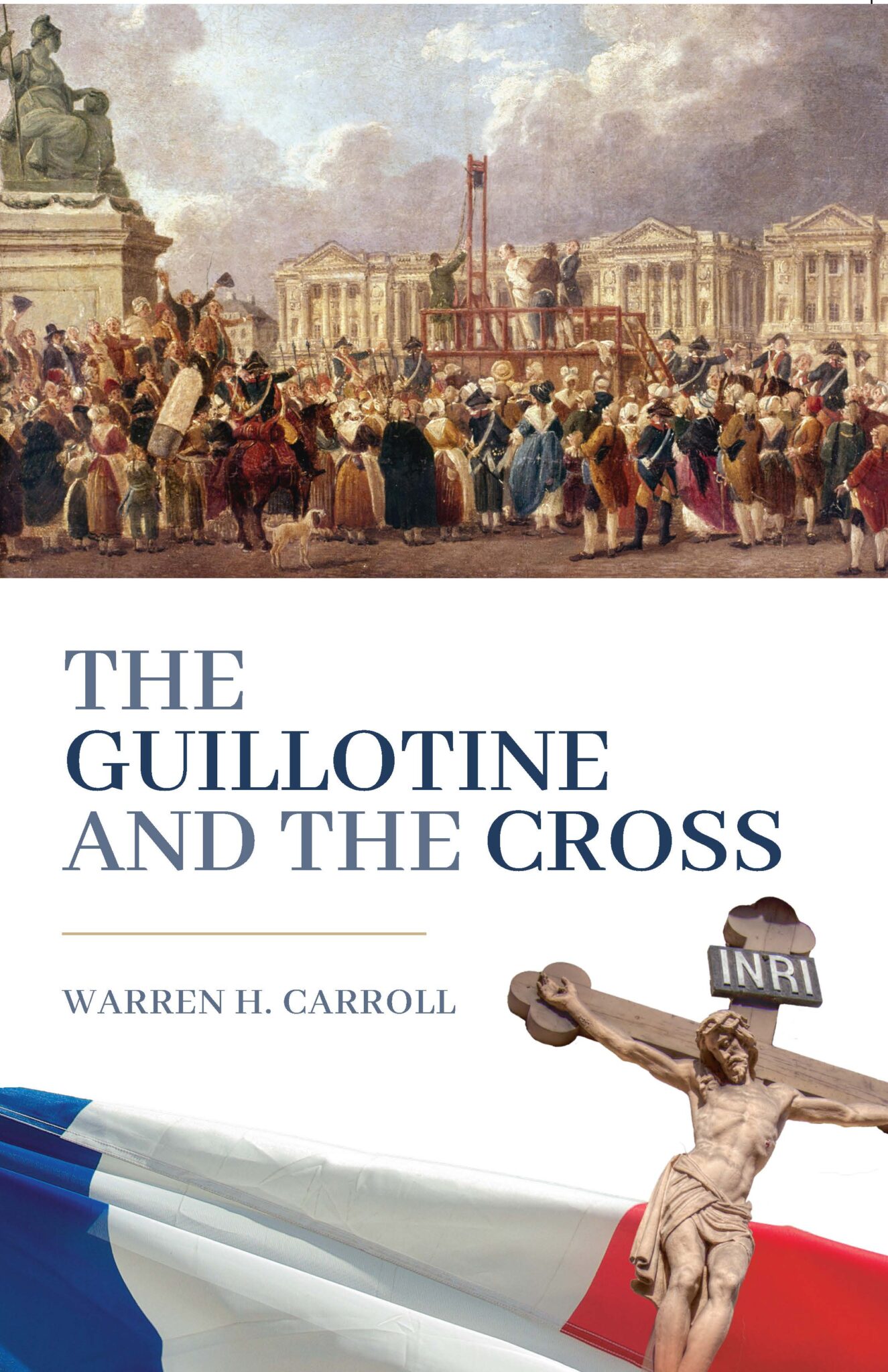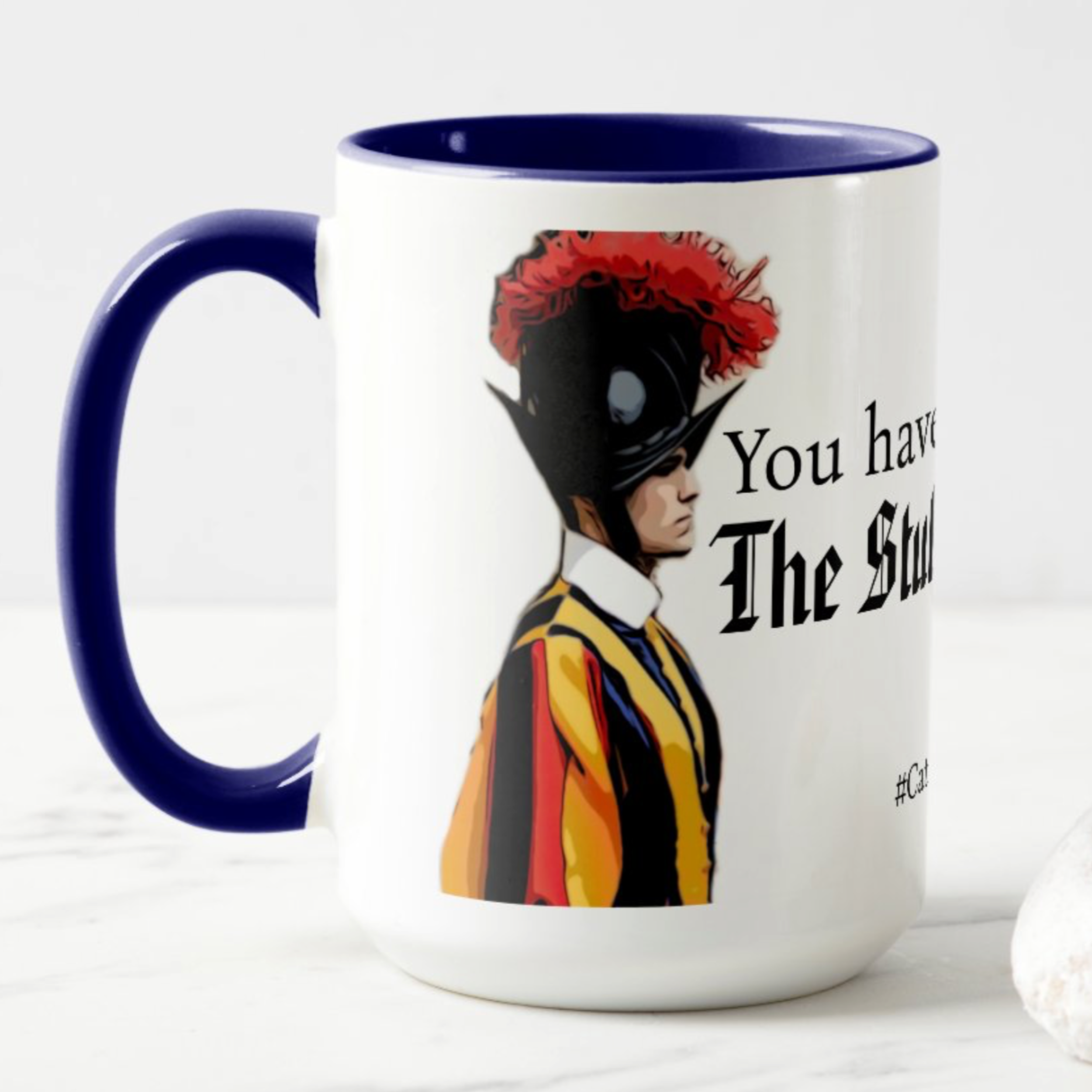Don't miss your chance to invest in 'Fabiola'!
Visit our crowd-funding page for our new production, "Fabiola"!
- Home
- Movies About Roman History
- Saint Agnes
- Swiss Guards
Disclaimer: As an Amazon Associate, I receive a small commission if you purchase items on this page at no extra cost to you.
St. Agnes' Connection With One Of The World's Smallest Armies - The Vatican's Swiss Guard
We all know their familiar blue and gold striped uniform. We have heard about their heroic stand during the French Revolution. We recall their essential appearance in any Vatican scene. But just who and what are these Swiss Guards?
How The Swiss Obtained The Honor Of Serving As The Pontiff's Personal Body Guard
In 1505, Pope Julius II made a treaty with the Swiss canton in Zurich. During the agreement, the pope contract 250 well trained soldiers to serve as his personal guard. Pope Julius had written of the Swiss Guard:
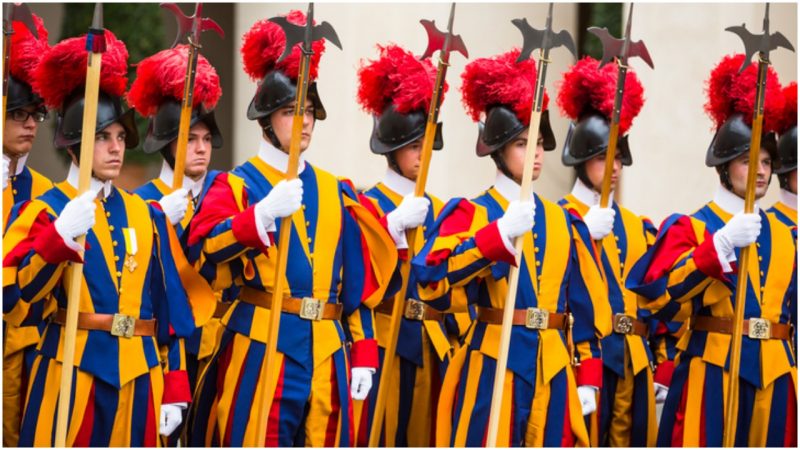 Photo: thevintagenews.com
Photo: thevintagenews.com"Inspired by God, we intend to use these men to supervise our palace. We are confident that their fidelity and military experience will fulfill all of our expectations. The fact that these men have been chosen to guard the Apostolic Palace will be a cause of honor for all of the people of their nation."
The troops arrived on the feast of St. Agnes, January 21st and received the pope’s blessing. From that day to this, the pope has always had a body of Swiss guards around him. This day marks the anniversary of the Swiss guard and it is celebrated every year.
On the 500th anniversary, which was in 2006, 80 guardsmen marched from Switzerland to Rome, recalling the march of the first Swiss guards to take up Papal service.
Could You Meet The Swiss Guard Requirements? Find Out Now!
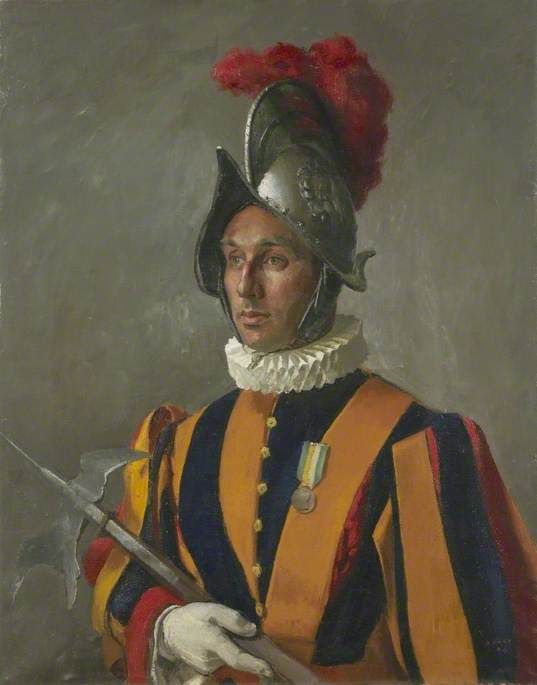
The uniform worn by the guard was possibly designed by Michelangelo. Today, the blue and gold striped uniform, accompanied by a beret or helmet, and high ruffled collar is known the world over.
Recruitment of the guard is limited to Catholic Swiss.
Guards must be at least 6 foot, unmarried at time of enlistment and between the ages of 19 - 30.
The Pontifical Swiss Guard Are Tested To Prove Their Willingness To Defend The Pope
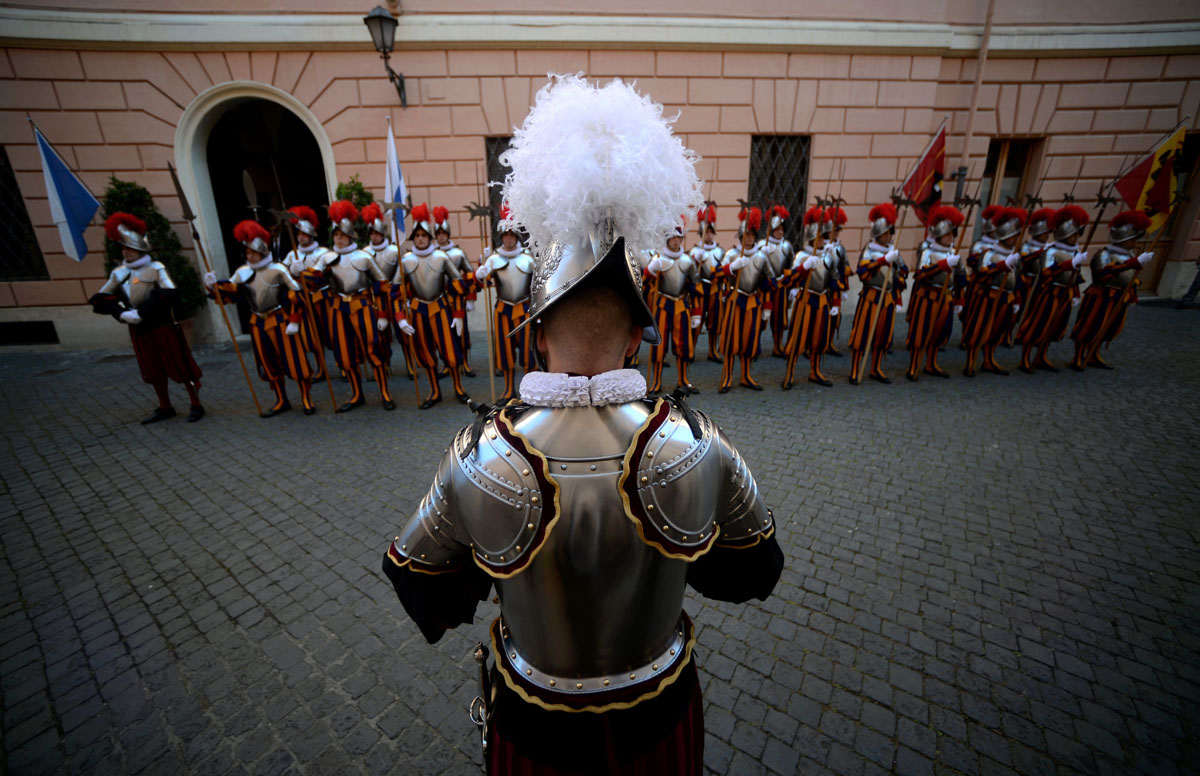 Photo: Filippo Monteforte
Photo: Filippo MonteforteVatican security is almost solely based on the small army of the Swiss Guard. That the Pontifical Swiss Guard have historically been ready and willing to die in defense of the Pope was proven only 22 years after their entry into the Vatican.
In 1527 the troops of Emperor Charles V sacked Rome and the Vatican. The commander of the Swiss commanded his men to protect Pope Clement VII at all cost. In doing so they would live up to their reputation: The Guard dies but he never surrenders.
During the brutal attack in St. Peter’s Square, nearly 150 guards sacrificed their lives to buy time for Clement to escape. The commander and his wife were captured by Charles’ troops and were put to death.
The fulfillment of their oath to protect the pontiff has led every pope since Clement to place his faith, confidence, and life in the hands of the Swiss Guard. Nearly 500 years later, that papal confidence has never wavered.
May 6th is commemorated to honor the fallen guardsmen and it is on this day that new members give their oaths and enter into the corps.
To The Last Man - Swiss Guards Sacrifice Lives To Defend King Louis XVI
Although not the papal Swiss Guard, we remember the stand of the Swiss during the French Revolution as well, when the guards stood to the last man to defend the Royal Family.
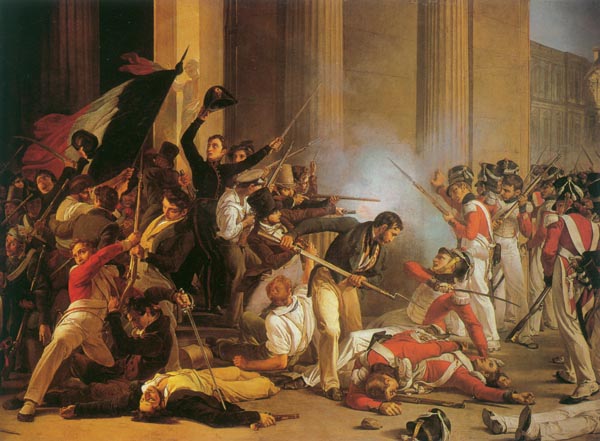
A unit of 900 Swiss had been enlisted for the sole purpose of guarding the Tuileries Palace.
Perhaps Louis wanted Swiss because of their past experience with defending the Vatican.
During the storming of the Palace, the French National guard joined forces with the mob and turned on the firm Swiss.
"Surrender to the Nation," they told the Swiss guard.
"We should think ourselves dishonored," was the reply. "We are Swiss and the Swiss only lay down their arms with their lives."
The mob succeeded in dragging five of the guard from the stairs and butchered them before the others.
At this time the king was in the assembly and committee members urged the him to command the Swiss to cease fire. He agreed and sent an old Swiss retainer at the peril of his life to reach Captain Durler and command him to surrender.
Captain Durler refused to accept the order and went himself to the assembly to beg the king to allow the Swiss to continue to defend themselves. The king was firm with his earlier order and here, to Captain Durler, Louis XVI made his last decision as King of France.
He ordered the Swiss to place their arms into the hands of the National guard. "And so the drums of the Swiss Guard beat the retreat before the Revolution." The treacherous national guardsmen opened fire on the unresisting Swiss.
More than 600 Swiss guards died during that night and the few that did not die during the attack, died either in prison or at the hands of the mob during the September Massacres. The main commander during this stand, Major Karl Josef von Bachmann was tried and guillotined, still wearing his uniform.
For All Those Who Died In A Foreign Land For A Foreign King Remembered In The Heart Of Switzerland
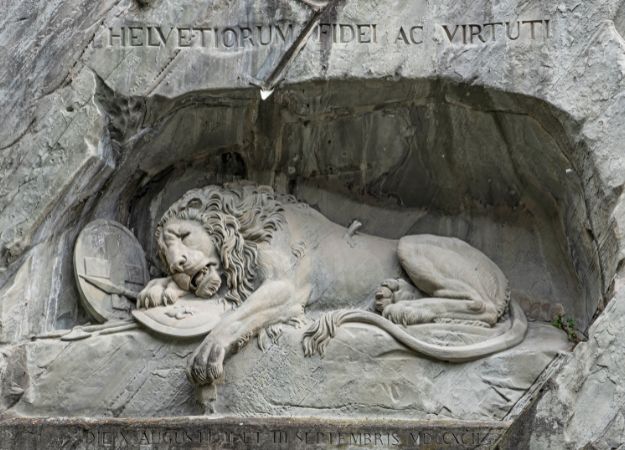 Photo by A.Savin
Photo by A.SavinAt the time of the fight, an officer was on leave in Switzerland. When he heard of the news of the fallen Swiss in France he initiated a monument to be erected in the heart of Switzerland.
The town of Lucerne's greatest tourist attraction is the Lion of Lucerne which was created to remember the Swiss Guards that fell in a foreign land defending a foreign king.
In his book, A Tramp Abroad, Mark Twain described the Lion of Lucerne while he was visiting Switzerland as "the most mournful and moving piece of stone in the world." Although he does not say anything about the Swiss Guards that the monument is dedicated to, Twain goes further to describe the statue:
The Lion lies in his lair in the perpendicular face of a low cliff...His size is colossal, his attitude is noble. His head is bowed, the broken spear is sticking in his shoulder, his protecting paw rests upon the lilies of France. Vines hang down the cliff and wave in the wind, and a clear stream trickles from above and empties into a pond at the base, and in the smooth surface of the pond the lion is mirrored, among the water-lilies...The place is a sheltered, reposeful woodland nook, remote from noise and stir and confusion—and all this is fitting, for lions do die in such places, and not on granite pedestals in public squares fenced with fancy iron railings. The Lion of Lucerne would be impressive anywhere, but nowhere so impressive as where he is.
I hope that you come away with a better knowledge of the Swiss Guard. Since their peace trade with the Vatican to their life giving protection to popes and kings, the Swiss Guard will not only appear around St. Peter's Square, but also in foreign countries, creating a memory equal around the world as that which is preserved in the center of their mother country.
The Guillotine And The Cross
By Dr. Warren Carroll
Sources:
Chairello, Vincent. "The Swiss Guard: One Grand Catholic Tradition Still Intact." The Remnant, edited by Michael Matt, 5 Dec. 2014
Mark Twain (1880). "Chapter XXVI: The Nest of the Cuckoo-Clock". A Tramp Abroad.
Bunson, Matthew. "Swiss Guard." Encyclopedia of Catholic History, by Bunson. Our Sunday Visitor, 1995, pp. 802-803
Griess, Thomas E. "Swiss Guard." The World Book Encyclopedia, p. 1049. 22 volumes.
Carroll, Warren. "The Guillotine and the Cross", Christendom Press, p. 19
Subscribe To Our FREE Email Newsletter:
Awards:
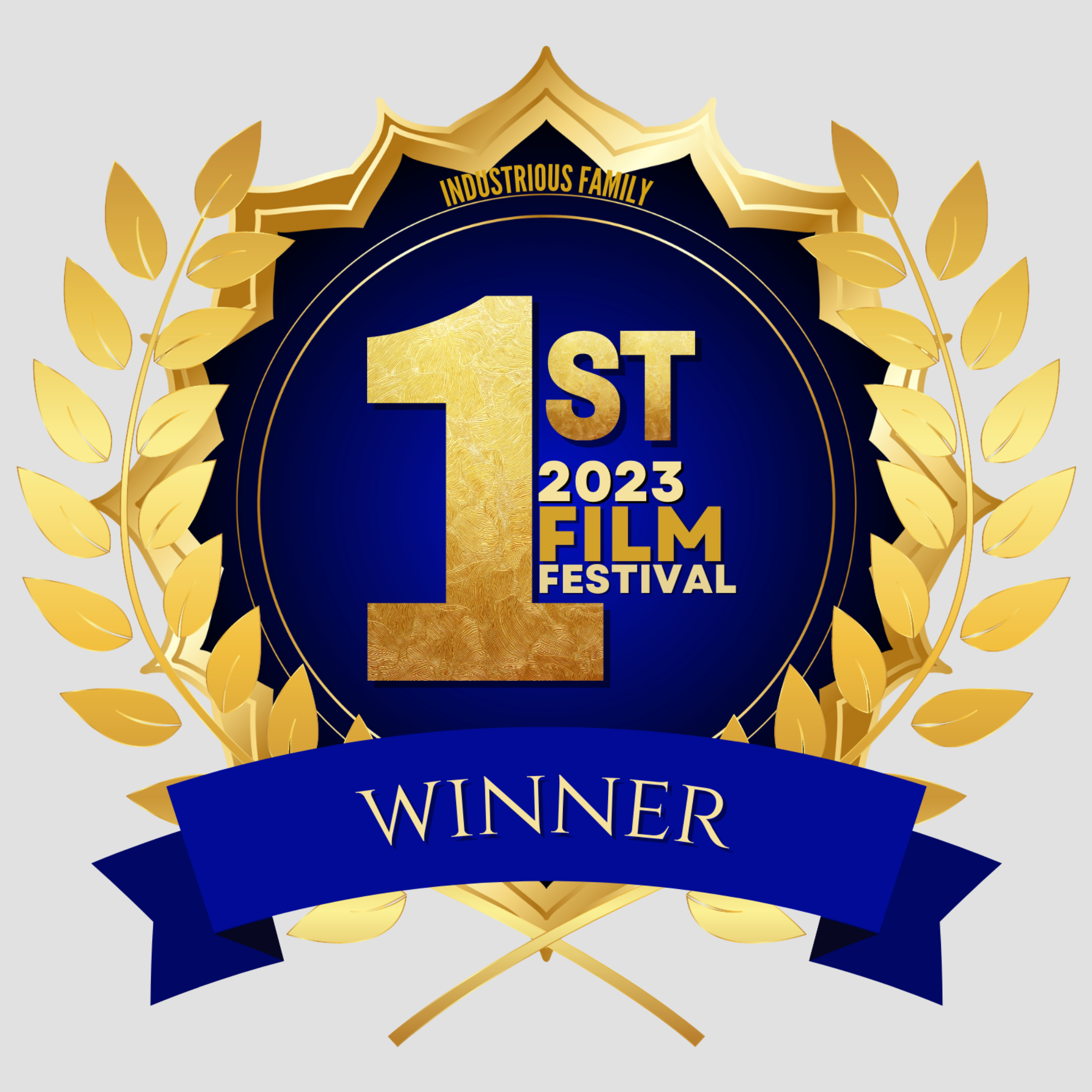

#RebuildChristianArt Blog
An aid for families encouraging the reconstruction of the social fabric by sparking interest in Christian art and culture. Find beautiful novels, films, music, food and customs.
What's New At The Studio
-
Thank You for Celebrating Christmas With Us!
Dec 30, 25 01:48 PM
-
A French Filmmaking Family Brings Old-World Charm to Our Christmas Special
Dec 27, 25 09:00 AM
-
Radio Personality Joe McClane To Join Us For Industrious Family’s 2025 Christmas Special!
Dec 26, 25 09:00 AM

